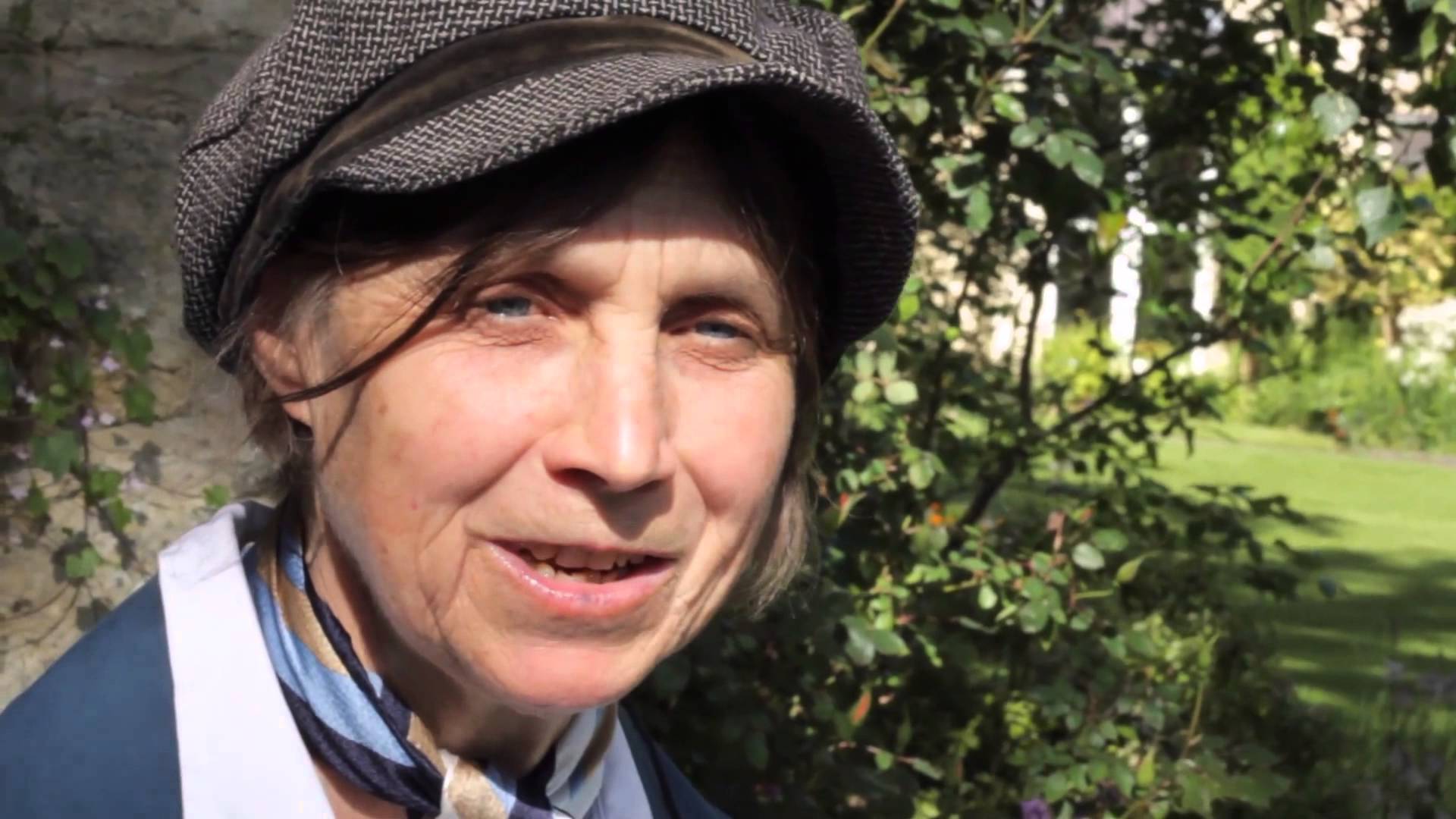You wouldn’t think an Episcopalian priest and non-duality could fit anywhere together but a conference entitled Science and Non-Dualism (SAND) however Cynthia Bourgeault, PhD, is determined to change that perception.
Working within the fabric of Christianity, Bourgeault has become a prominent voice in bringing awareness to the fact that the salvation Jesus taught was non-dualistic in nature. She refers to Jesus as one of our great human treasures who was sent to encourage us towards new visions of possibilities. He was sent to model and teach non-dual consciousness in the west.

Cynthia Bourgeault, photo credit: The Spiritual Life
She points out the similarities between Jesus and Mahayana Buddhism running concurrently at a time when humanity needed it most. Bourgeault asserts that Jesus is of the highest order of gurus—one of many that never leave the planet but propel us forward towards oneness. He is in our consciousness both infinitely and personally. Through this understanding, she aims to transform the rigidity, or calcification, of Christianity.
Through the Eyes of Cynthia Bourgeault
In accentuating the work of Thomas Keating, she finds a way to help people of faith comprehend the gospel in a non-dual way and elevate the level of expression making Christianity, once again, a living religion. How does she accomplish this?

Cynthia Bourgeault, photo credit: The Contemplative Society
Cynthia Bourgeault emphasizes that God is omnipresence. We are all parts functioning to support the whole which allows for diversity and complexity contained within a unified wholeness.
This eliminates the paradox and ambiguity of a non-dualistic audience. Christianity has often been referred to as a dualistic religion.
To access the subtle non-dualism, Bourgeault teaches the centering prayer brought to light by Thomas Keating and Trappist monks in the 1970’s.
The centering prayer is a simplified form of meditation in the Christian tradition. It puts prayer in meditation form for simplicity in dealing with real world experience. Intent on bringing the centering prayer to the Christian faith as a means of that perception, she relies on the Bible, church fathers and Christian contemplative tradition to back her up.
Cynthia Bourgeault describes a dilemma in the same way an Indian guru or Tibetan monk might. The monkey mind—the incessant automatic, compulsive tendency of the mind—keeps our being in agitation and outwardly focused. It tends to cement our identity with our small self and ‘keeps us locked in a squirrel cage’.
What makes the centering prayer innovative is that it cuts through the monkey mind on the back end versus the front end like traditional meditation practices that use a mantra to focus the mind.
“Thoughts are going to come and pushing against them only energizes them.”
The centering prayer offers a simple method for releasing thinking when you recognize when you’re engaged in it. It brings mind to a focal point allowing it to simply let go of, or withdraw, attention from our thoughts versus resisting or pushing away thoughts.

In eastern traditions, specifically TM, Mantras are touchstones for attention allowing thoughts to fade into the background so the mind is drawn effortlessly to stillness. Bourgeault disputes that centering prayer, while similar, is not a Christianized TM. Rather, it is centered on the act of Knossos, or “letting go” — breaking the subject/object attention. Being able to hold objectless awareness becomes the aim.
Holding the Head in the Heart
Meditation isn’t about optimal states. The goal isn’t to attain an optimal experience.
Bourgeault is in agreement with A.H. Almaas who, in the Diamond Approach, asserts reality to be fundamentally the eternal truth of spirit that manifests itself in various dimensions, from the deepest dimension of absolute emptiness to the physical realm. Almaas articulately names the trap about using our practice to acquire a closeness to God.
Accordingly, Bourgeault asserts that it is through our practice we can embody the instantaneous oneness that motivates us to self care in order to have a fuller, richer presence to take out into the world and connect.
“The practices are the fruits of oneness not the means.”
According to Bourgeault, “[The brain] has outlived its survival value.” We need to recreate the capacity to develop holistic perception, or luminous knowing—the knowledge within the felt sense of the whole we are a part of. She refers to this as “upgrading the operating system, eventually installing a whole different way of making connections…only when you install that that humans are good at solving some of the problems that beset humanity.”

Bourgeault makes a compelling argument that invites people into the heart of the experience of contemplation: “Tasting it can transform your life”.
An Episcopal priest, teacher, and retreat and conference leader, Cynthia Bourgeault, PhD, has authored seven books including her most recent, The Heart of Centering Prayer: Nondual Christianity in Theory and Practice and notable best-sellers, The Wisdom Jesus and The Meaning of Mary Magdalene as well as Centering Prayer and Inner Awakening, Mystical Hope, The Wisdom Way of Knowing, Chanting the Psalms, and Love is Stronger Than Death.
She is a past Fellow of the Institute for Ecumenical and Cultural research at St. John’s Abbey in Collegeville, MN, and an oblate of New Camaldoli Monastery in Big Sur, California and has worked closely with Thomas Keating, Bruno Barnhart, Richard Rohr.
For more on the SAND Conference (Science and NonDuality), refer to our latest blog post on this year’s event and to Spiritual Events for links to others which includes previous years of SAND. For more on Cynthia Bourgeault, visit Contemplative.org. She can also be heard at a number of events and through Cynthia’s wisdom school.

Chase Rogers hailed from the corporate world of communications where she developed identity and branding strategies and later producing strategic, creative and development processes for both print and web. In addition to developing courses in Atlanta and directing communications for a Florida-based sustainable housing project, she was a contributing author for Stephen Heller’s book, Citizen Designer.
She co-founded Simply Worded, a freelance writing consultancy that aims to elevate the way businesses communicate primarily through purposeful writing, which is based on the principles of authenticity, empathy and value-based operations.
Her degrees and passions lie in English Literature and Philosophy, Art History, Printmaking, Oil Painting and Graphic Design. Her holistic and spiritual talents extend her experience to Permaculture, massage therapy, Polarity and Cranial Sacral energetic healing therapies as well as yoga. Chase gravitates toward the mystical and is a a fierce seeker of Universal Truth. Her ambitions include bringing more light to the planet and evolving consciousness in her lifetime.








